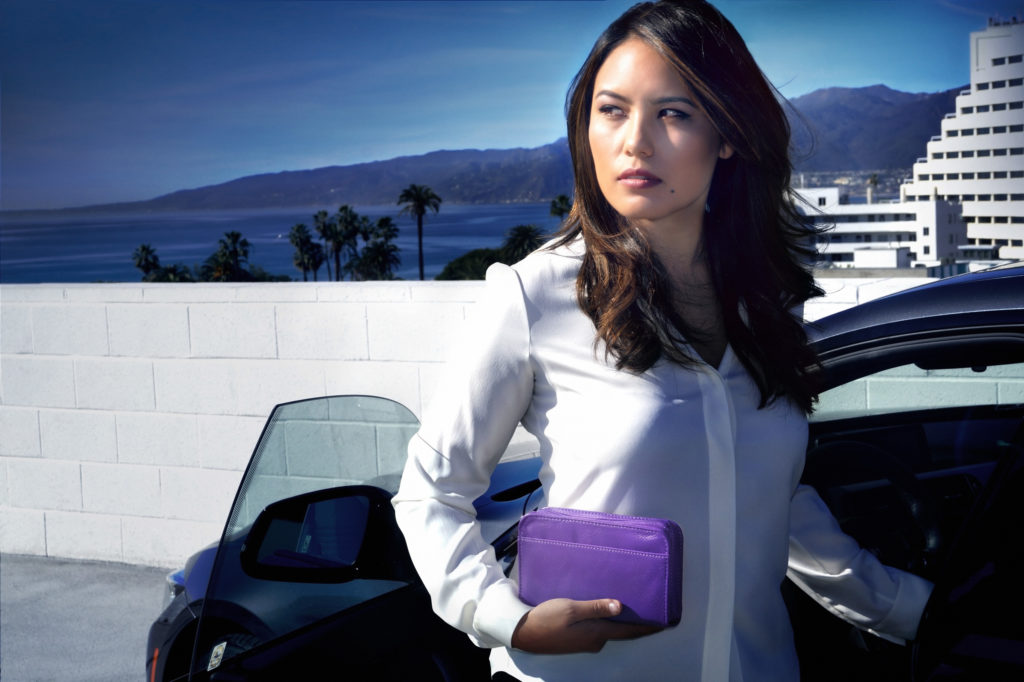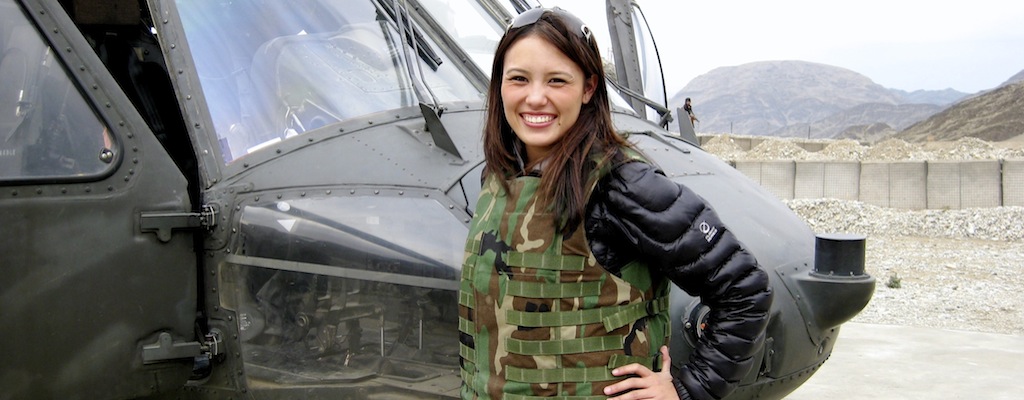A DIABETES MAKEOVER
Self Diagnosis
“I broke my bladder dancing in Afghanistan.” My doctor raised her eyebrow with doubt. I had just returned from a military tour performing for the US troops in Afghanistan. As a 24 year-old professional dancer working in Los Angeles, the opportunity was a welcome change of pace from my usual music video, commercial and award show gigs. The life-changing experience had left me feeling grateful, fulfilled—and sick.
I knew something was wrong, but my fear was overshadowed by delight in my noticeably trim figure. I was booking jobs one after another—concert dance performances and international print campaigns. Stylists had fun dressing me in high-end couture, complimenting my body lines all the while. My Hollywood career was taking off. I knew I should see a doctor, but I didn’t want to risk losing my professional success. I decided to ignore my intuition until I finished off a case of 24 water bottles over the course of one restless evening.
After a few tests, my doctor broke the news: “No honey, you have diabetes.”
I’m Diabetic, Not a Superhero
I wish I could say I fervently accepted my diagnosis and charged on, promoting strength through type 1 diabetes (T1D). In reality, I spent weeks crying into my pillow. I was thrust into a medical lifestyle that required me to inject a foreign liquid into my body that caused rapid weight gain, affected my career and caused my bank account to plummet. I was angry!
I was no longer a dancer. I was a patient. Act 2 of my life had begun. I was given new choreography to learn—constant prancing to the hospital, frequent turns to the diabetes educator’s office, continuous curtsies at the pharmacy and extremely long intermissions in waiting rooms. I was trapped in a muted, medical maze, and I felt as though my condition was apparent to everyone.
To make matters worse, I was forced to carry around my essential T1D tools in a drab nylon case. You might as well stick a name tag on my forehead—“Hello, my name is SICK.” I hated its medicinal appearance and would often “forget” my dingy pack (and the fact that I had T1D) at home. The bland case represented my perception of the disease: sterile, impersonal and depressing. It didn’t come close to reflecting the person I wanted to be. T1D clashed with my lifestyle.
I Gave My T1D a Makeover
My diagnosis had forced me to question my originality. I had been barcoded and stocked on the sugar-free shelf. “Diabetes” had become my identity. It was time to strip this label and reclaim my individuality. Life may have cast me in this role, but now I was going to demand the spotlight. So I created Myabetic —a company dedicated to improving the diabetes lifestyle. Our colorful, fashionable diabetes accessories are designed to portray the unique and dynamic personalities within the diabetes community. Our chic wallets, cases and handbags are specially designed for diabetes supplies, but more importantly, they make me smile. Finally! Something about my T1D I’m proud to display.
The Disease Sucks
There are constant demands, ones we can’t ignore: “Check your blood sugar. Count your carbs. Monitor your insulin ratios.” But there should also be options: “How do you define your T1D? What makes your life with the disease distinctive? What’s your diabetes style?” Physical care is crucial, but emotional aspects can be just as vital.
I’m still no T1D cheerleader. I hate it. I have rough moments when I want to punch the disease in the face. But mostly, my life is good. I’m able to smile. I’m able to pursue my passions. And yes, I’m still able to rock the dance floor.
My Advice
Do it your way. You don’t have to glue on a smile and pump your fist in the air with T1D pride. You don’t have to talk and explain your medical needs to everyone. You also don’t have to be silent and hide it. You can—and should — be you.
Make it your style. If you hate your diabetes supplies, you probably won’t use them. Find a way to own your daily diabetes choices. What’s your personal T1D profile?
My Style
Although I’m comfortable with my T1D, I don’t incorporate it into my introductions or consider it my main identifying factor. I use a Dexcom CGM with a bright pink case and hold my daily supplies in a purple (my favorite color) Banting diabetes wallet. My go-to pricking location is the side of my ring finger (because I’m romantic like that), and I believe that lavender lancet needles somehow make blood glucose testing a little less painful. I wear my heart on my sleeve and my t:slim insulin pump in my sports bra. I also wish they made a sensor that blasts Li’l John and the Ying Yang Twins’ “Get Low” when I drop under 70 so it’s more of a party when I’m poppin’ glucose tabs.





